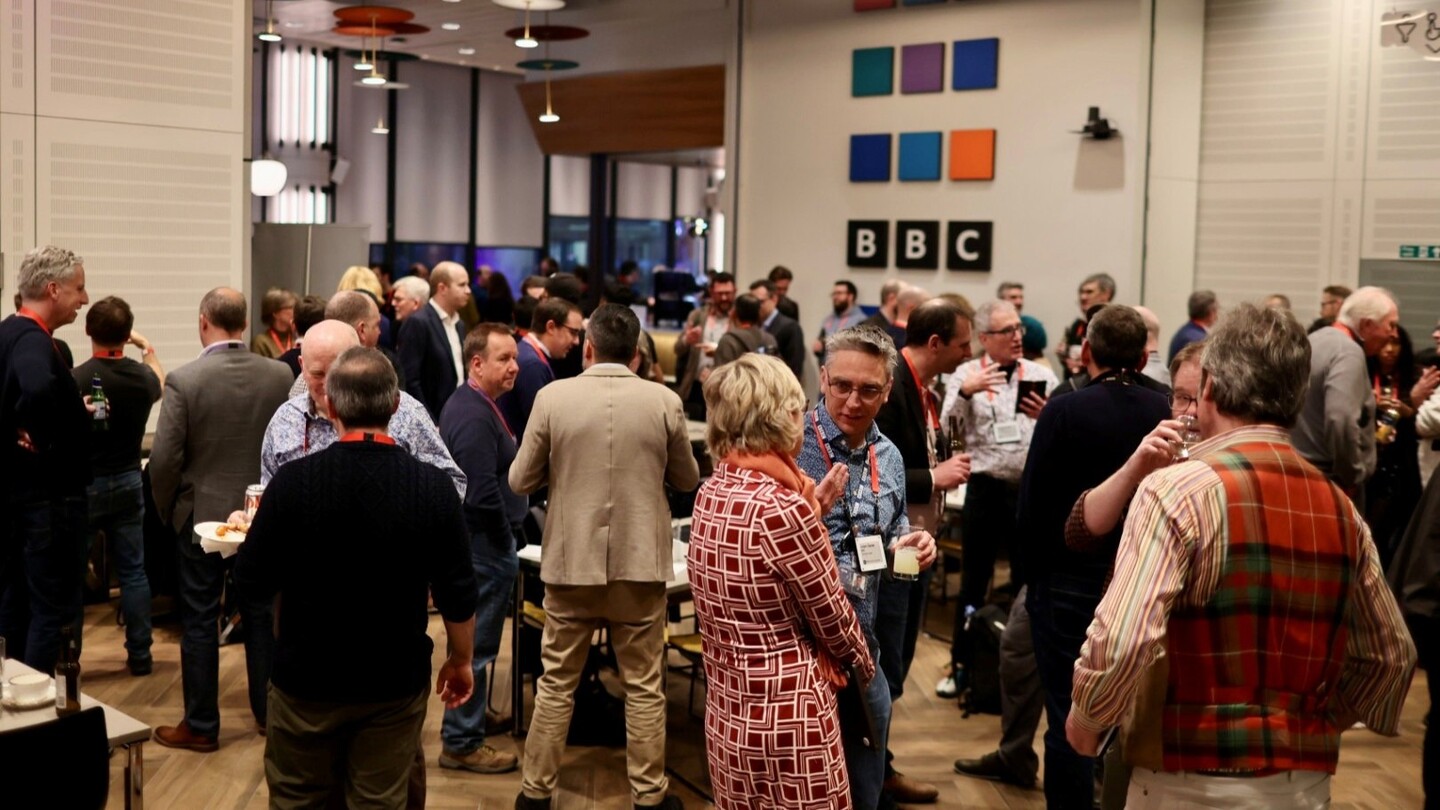The 5G Motion Capture for Performance Art and Animation project is one of the eight Challenges in the cohort for the IBC2023 Accelerator Media Innovation Programme. The project is championed by Vodafone Group, Curing Kids Cancer, Outernet Global, Production Park, University of Strathclyde, Goldsmiths University, and the participants are Singular.live, D&B Solutions, Noitom and AMD.
The specific challenge as stated on the project site is:
This ambitious Challenge will combine two previous Accelerator Award powerhouse winning teams under one umbrella to harness the powers of 5G indoors, this time focusing on two unique, creative workstreams that will both power live, cutting-edge motion capture and low-latency connectivity into creative output, focusing on the performing arts, and 3D animation into children’s hospitals.
The first Performing Arts workstream will use the latest in FPGA (Field Programmable Gate Array) innovations and will aim to demonstrate Ultra Low Latency 5G private networks to support the creation of new, immersive audience experiences for those at a live (or, as-live) performance/venue, and those engaging remotely in another performance/venue...
You are not signed in.
Only registered users can view this article.
NAB show review: Tariffs, technology and legacy business in the spotlight
Artist led, AI driven, fan-first media show the way forward at a NAB show dominated by tariff-suffering hardware vendors and advertiser weakened broadcast.

Virtual Production: Practical advice for lighting the volume
Adrian Pennington explores the many and varied lighting considerations for shoots within an LED volume where the ambition is to seamlessly marry virtual and real world environments.
Bright future: How CoSTAR will ideate the next wave in UK creative IP
If the UK’s creative industries are to continue to add hundreds of billions of pounds in value to the country’s economy then much will rely on the success of a new network of tech labs exploring the future of media.
 10 (1).jpg)
OTT evolution: Shifting business models, monetisation and personalisation
Over the past two decades, the over‐the‐top (OTT) industry has undergone a remarkable transformation from a niche experiment to a multi‐billion‐dollar ecosystem, writes John Maxwell-Hobbs.
.jpg)
AI through the looking glass: Digital natives
When it comes to AI, the M&E industry should take a more active interest in the views of its young people if it wants them to remain part of it, writes James McKeown.





